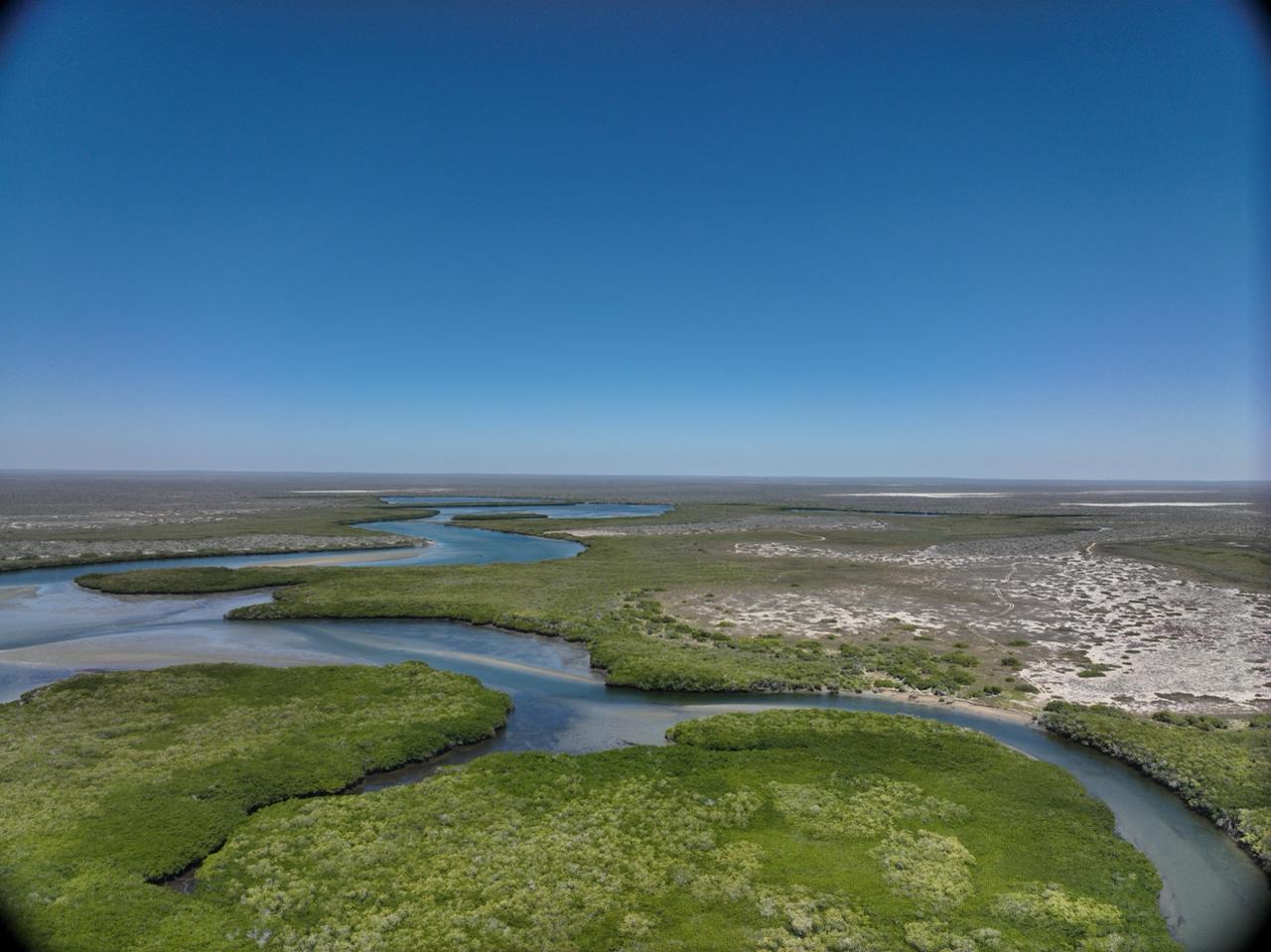
Environmental Protection and Restoration: Producing Without Destroying
One of ARBA’s core pillars is to prove that productive development can go hand in hand with ecosystem protection. The project integrates active environmental restoration actions, respecting natural cycles, regenerating degraded areas, and fostering a harmonious relationship between human activity and the environment.
-
Rehabilitation of Eroded Soils: Through the use of organic fertilizers, cover crops, and regenerative agriculture techniques, the project aims to restore depleted soils and return them to their natural fertility.
-
Reforestation with Native Species: El proyecto contempla la siembra de árboles y vegetación adaptada al clima local, no solo para recuperar paisajes naturales, sino para captar carbono, reducir la erosión y crear hábitats para fauna silvestre.
-
Protection of Environmentally Valuable Areas: The project respects and delineates sensitive zones such as natural water bodies, biological corridors, and areas with endangered flora or fauna, integrating green barriers and conservation measures.
-
Low-Impact Environmental Practices: All productive activities are designed with minimal disturbance criteria, avoiding pollutants, reducing agrochemical use, and controlling atmospheric emissions.
-
Permanent Environmental Monitoring: Monitoring stations will be established to assess water, soil, and air quality, ensuring that project growth does not compromise ecological balance.
-
Ecological Connectivity: Infrastructure is designed to maintain the natural flow of animal and plant species, including ecological crossings, green strips, and buffer zones.
ARBA seeks to be a model of regenerative production, where every hectare worked is also a hectare restored. It’s not just about avoiding harm it’s about healing the land and turning it into a living example of balance between progress and nature.
At ARBA, we don’t aim for temporary fixes or band-aids for underdevelopment we aim to build a sustainable development model that works today, and still works 20, 30, or 50 years from now.
A model that can be replicated in other regions of the country or the world, where water is scarce, production is limited, and opportunities remain unmet.
Our commitment is to a model that balances economic, social, and environmental dimensions, from design to operation.
-
We produce without depletion, using treated seawater, solar energy, efficient agriculture, and responsible livestock practices.
-
We close production cycles: reusing waste, transforming byproducts into new goods, and minimizing disposal.
-
We generate well-being, not just wealth—creating dignified jobs, access to basic services, and opportunities for those who need them most.
-
We design with long-term vision, integrating technology, modular infrastructure, climate resilience, and participatory governance.
What we seek is not just to change a region, but to prove that it is possible to produce, grow, and export without destruction. That it is possible to turn desert into hope—and that the sustainable future begins today, with determination and with water.